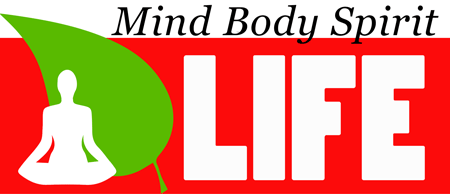Pranic Living & Breatharianism

Pranic Living, also known as Breatharianism, is a spiritual and lifestyle practice that revolves around the idea of sustaining oneself through prana, the life force energy, rather than conventional food and water. Rooted in ancient traditions and spiritual philosophies, this concept suggests that the human body can harness energy directly from the universe, eliminating or drastically reducing the need for physical sustenance.
Understanding Prana
Prana is a Sanskrit term that translates to “vital life force.” It is believed to be the energy that animates all living beings and is present in air, sunlight, and the ether. Various spiritual traditions, including Hinduism, Buddhism, and Taoism, acknowledge prana as a fundamental force that can be harnessed through meditation, breathwork, and spiritual alignment.
The Concept of Breatharianism
Breatharianism is the practice of living primarily on prana, often without consuming solid food and, in some cases, even water. Practitioners claim that through advanced breath control techniques, meditative states, and a deep connection with universal energy, they can sustain themselves without the need for traditional nutrition.
Origins and Historical Context
The idea of subsisting on prana can be traced back to various ancient traditions:
- Yogic Traditions: Indian yogis and ascetics have long practiced extreme fasting, relying on meditation and breath control to sustain their energy levels.
- Taoist Practices: Some Taoist masters practiced Bigu, a form of fasting where practitioners absorb energy from the cosmos instead of food.
- Christian Mysticism: Saints and ascetics in Christian history have been recorded as surviving with little to no food, relying on spiritual sustenance.
Scientific and Skeptical Perspectives
While the concept of pranic living is fascinating, it has been met with skepticism from the scientific community. The human body requires nutrients for survival, and prolonged fasting without proper hydration and nourishment can lead to severe health consequences, including organ failure and death.
However, some proponents argue that intermittent fasting and calorie restriction can have health benefits, and that through disciplined breathwork and meditation, individuals can reduce their reliance on physical food.
Methods and Practices of Pranic Living
Those who practice pranic living often engage in several key practices to help them transition to a breatharian lifestyle:
1. Breathwork (Pranayama)
Controlled breathing exercises are believed to enhance the body’s ability to absorb prana from the air. Techniques include:
- Anulom Vilom (Alternate Nostril Breathing): Balances the body’s energy channels.
- Kapalabhati (Skull Shining Breath): Purifies and energizes the body.
- Deep Diaphragmatic Breathing: Increases oxygen intake and promotes relaxation.
2. Sun Gazing
Looking at the sun during specific times of the day (typically sunrise or sunset) is believed to help the body absorb energy from sunlight. Practitioners claim that this technique enhances vitality and reduces hunger.
3. Meditation and Energy Cultivation
Deep meditation allows individuals to connect with higher states of consciousness, promoting a sense of fullness and reducing dependence on physical nourishment.
4. Gradual Transition to Liquid or Light Diets
Some breatharians transition gradually by reducing solid food intake and shifting to liquid-based diets, such as herbal teas, fruit juices, or broths, before attempting to live solely on prana.
Reported Benefits and Challenges
Potential Benefits
- Increased mental clarity and heightened spiritual awareness.
- Enhanced energy levels and vitality.
- Detoxification of the body through reduced food consumption.
- A deeper connection to one’s spiritual self and universal energy.
Challenges and Risks
- Severe malnutrition and dehydration can occur if not practiced correctly.
- Risk of misleading claims and pseudoscience.
- Social challenges, as mainstream society does not support this lifestyle.
Pranic Living and Breatharianism remain controversial subjects, blending spirituality, mysticism, and scientific skepticism. While some individuals claim to thrive on prana alone, others consider it an extreme and dangerous practice. For those interested in exploring pranic energy, a balanced approach that includes proper guidance, meditation, and conscious eating can be a more sustainable path.
Regardless of one’s belief in Breatharianism, the core principles of breath control, mindfulness, and energy awareness offer valuable insights for improving overall well-being and deepening spiritual connections.




Leave a comment